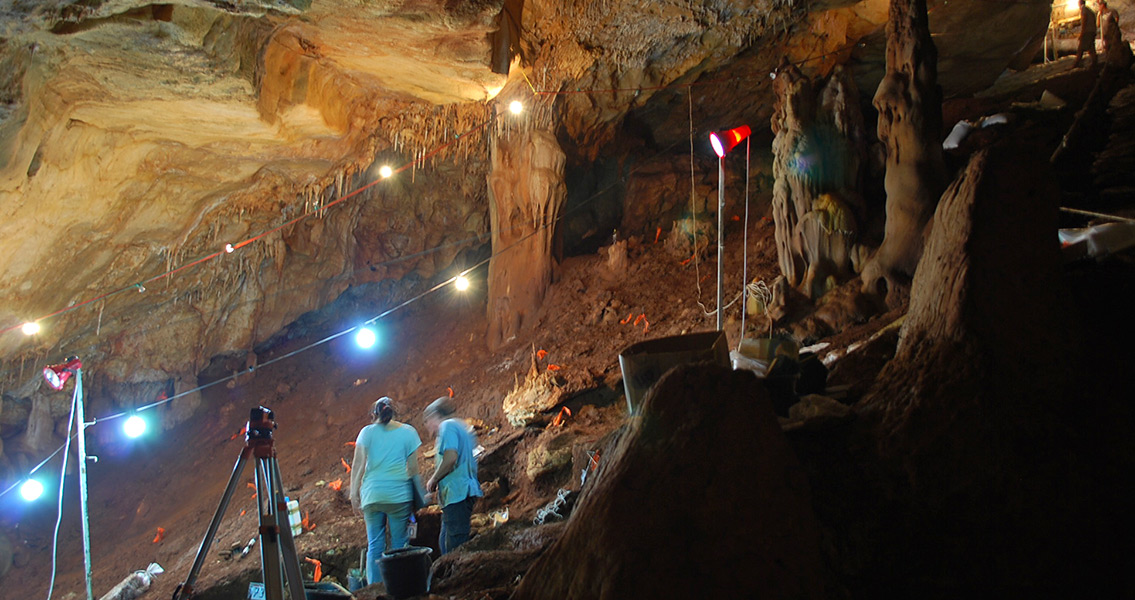<![CDATA[The Manot Cave in northern Israel continues to be the source of remarkable discoveries. Excavators have discovered rich archaeological deposits since the cave was first opened in 2008, the most exciting of which is a partial human skull, as reported by New Historian in February. At the time, it was claimed the skull showed that early humans and Neanderthals could well have interbred. In order to properly address this claim, however, the skull had to be precisely dated. By using a combination of dating methods, it is now possible to clearly define the period when the cave was occupied and, by extension, the age of the skull. The combined dating has provided clear evidence that Homo sapiens and Homo neanderthalensis could have coexisted in the area. Precisely dating the skull immediately presented a number of difficulties. The skull fragment had originally been found by spelunkers exploring the newly-opened cave, who unfortunately removed it from its context. “Because it was already removed from the layer where it was presumably deposited,” said Dr. Elisabetta Boaretto, head of the Weizmann Institute’s D-REAMS (DANGOOR Research Accelerator Mass Spectrometry) laboratory, “we had to look for clues to tell us where and when it belonged in the setting of the archaeological record in the cave.” Initially, by using a technique known as the uranium-thorium method, the skull was determined to be 54.7 thousand years old. The uranium-thorium method, which is a radiometric dating technique, was applied to a thin mineral deposit on the skull. Unfortunately, the method used had an error margin of plus or minus 5.5 thousand years, which presented a major problem for researchers, as a more precise date was required. To fully pin down the date of the skull, radiocarbon dating was applied. Dr. Boaretto utilised radiocarbon dating of charcoal remains in order to map the human occupation of the whole cave. The results from Dr. Boaretto’s radiocarbon dates were compared with the original uranium-thorium dating, yielding a fixed true age for the skull of around 55,000 years old. The age and shape of the Manot Cave skull has led to some interesting insights. It suggests that humans and Neanderthals may have interbred over the period when humans migrated northwards, out of Africa; this most likely occurred when H. sapiens moved through the Middle East. The Manot Cave skull provides the first piece of evidence of a human residing in the region at the same time as Neanderthals – Neanderthal remains have been found in numerous nearby sites. Archaeologists are currently excavating the cave more fully in a search for more evidence of human habitation. If humans and Neanderthals did interbreed in the area around the Manot Cave, it would imply that the skull may have belonged to the ancestors of all modern non-African humans. Clearly, therefore, the research at Manot Cave could hold vital clues to the origins of our species. For more information: www.wis-wander.weizmann.ac.il Image courtesy of Wikimedia commons user: Reuveny]]>
Partial Human Skull Holds Clues to Human History
